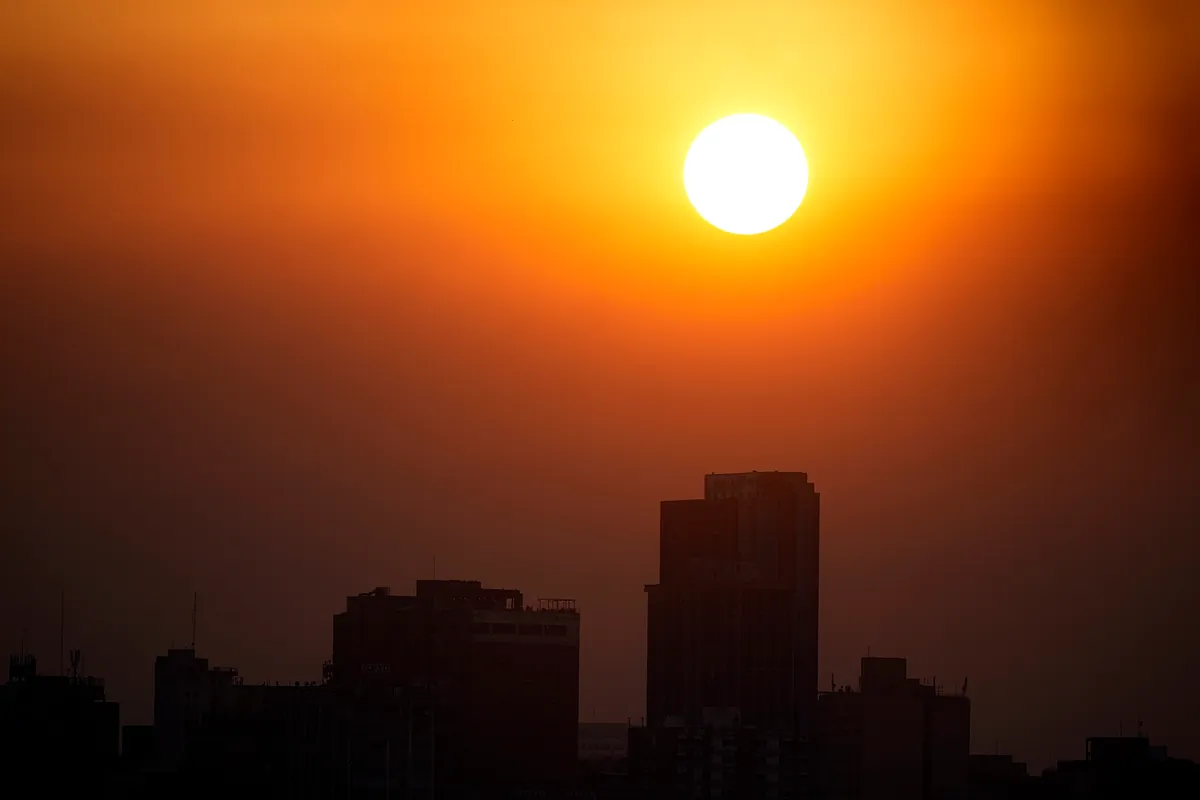
Earth could experience solar eruption aftermath as early as tomorrow
How did your country report this? Share your view in the comments.
Diverging Reports Breakdown
Original Coverage: Earth could experience solar eruption aftermath as early as tomorrow
A massive solar eruption, dubbed the “bird-wing” event, is set to possibly impact Earth tomorrow. On Tuesday, a tremendous eruption of superheated plasma surged across the Sun’s northern hemisphere. Aurora chaser Jure Atanackov has warned that the impact might trigger a severe geomagnetic storm.
Source: Marca.com | Read full article
Earth could be hit by 600,000 mile-wide ‘bird wing’ solar eruption TOMORROW, astronomers warn
On Tuesday, astronomers watched as a vast ‘bird wing’ eruption sent waves of superheated plasma surging across the sun’s northern hemisphere. Scientists predict that part of this filament eruption could hit Earth tomorrow. On Tuesday, two huge filaments became unstable and collapsed, triggering a huge CME. On Wednesday, scientists predicted that the full force of this eruption could trigger a severe or even extreme geomagnetic storm, the highest level on official rating systems. On Thursday, scientists predict that some of the material was shot out of the Sun’s north pole, so it will mostly avoid Earth. On Friday, astronomers predicted that Earth will probably receive a glancing blow from the wake of the passing storm. On Saturday, scientists forecast that the arrival of the solar eruption could create a chance of being able to see the Northern Lights over Scotland. On Sunday, astronomers predict that the eruption could cause a G5 or ‘extreme’ geomagnetic storm, with one saying it could cause an ‘F5’
Source: Dailymail.co.uk | Read full article
Northern lights forecasts, alerts, and geomagnetic storm warnings – live updates
There’s a fair chance of northern lights tonight (May 12) and into tomorrow (May 13) as space weather conditions remain mildly active. Minor geomagnetic storms are likely on Sunday (May 18), but aurora activity looks to be fairly normal to quiet this weekend. A high-speed stream of solar wind from a coronal hole, a gap where the sun’s magnetic field opens up and allows charged particles to flow freely into space, could reach Earth on May 18. Active sunspot region 4087 could produce strong solar flares over the next week as it continues to rotate towards us, so could see increased northern lights activity. The NOAA Space Weather Prediction Center projects that the Kp index will peak at 3.67 over the weekend. Last night, around midnight GMT, a colossal filament stretching almost a million kilometers across the sun’s northern hemisphere erupted. It’s likely that the debris from the eruption will miss Earth but forecasters are still analyzing the trajectory. Confirmation awaits fresh data from SOHO coronagraphs.
Source: Space.com | Read full article
Global Perspectives Summary
Our analysis reveals how this story is being framed differently across global media outlets.
Cultural contexts, editorial biases, and regional relevance all contribute to these variations.
This diversity in coverage underscores the importance of consuming news from multiple sources.
Source: https://www.marca.com/en/lifestyle/world-news/2025/05/16/6826959946163f71198b457d.html

